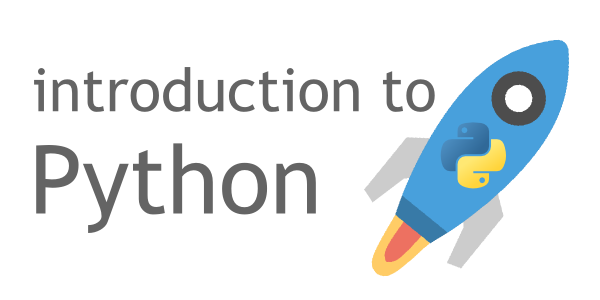Introduction to Python
Python is a very common programming language of high quality that supports increasing programming paradigms. You use this to program object-oriented, responsive, procedural, essential, and reflective.
It was developed during the late 1980s and early 1990s as a pet project by Guido Van Rossum. Python was not an open-source originally, but later the source code for Python was published under the GNU GPL license.
Python Computer Language Functions
Since the language commonly uses English keywords and describes the indentation-based scope, Python-written code is highly legible. Two of the language's most important characteristics are:
Interpreted and interactive language
In runtime, Python interprets the code. This allows writing code directly to the Console of the Interpreter. Alternatively, we can add our files to a Python script, and feed the file to the interpreter as input. A Python module is a .py extension file that contains Python-written code. For example, if you have a file called Test.py, we will execute the code using:
?
1
python Test.py
The display will be printed into the console for the code above.
Supports many paradigms
Python supports object development that encapsulates code. So you can write code that consists of just functions and no artifacts, and you can run the code anyway.
Easy to learn
Python has few keywords and is the programming language for a full novice. The syntax is established clearly and is simple, making it simpler for a newbie to understand.
Better readability and maintainability
Unlike other programming languages such as C, C++, Java, and so on, the application scope is not specified with curly braces. It's defined by indentation, instead. This will mean developers can read the code without a great deal of work.
I don't approve of this much. Most people who use other languages such as Java often format their readability code and use indentation. Perhaps the curly braces make it a little more verbose but it's still quite readable.
For eg, it would be easy for Java loop to run the program over a list of strings and print each of them:
?
1
2
3
for(String s: strList) {
System.out.println(s);
}
In case of Python, the same piece of code will be written as follows:
?
1
2
for s in strList:
print(s)
Remember that if the print(s) line is viewed outside for loop as a separate statement, if the indentation is not correct. This means the coding at the end is legible.
Python code should be well ordered, so it can prevent spaghetti coding. This contributes to making programming written with Python more maintainable.
Read More - PHP Projects Download with Source Code

Comments
Post a Comment